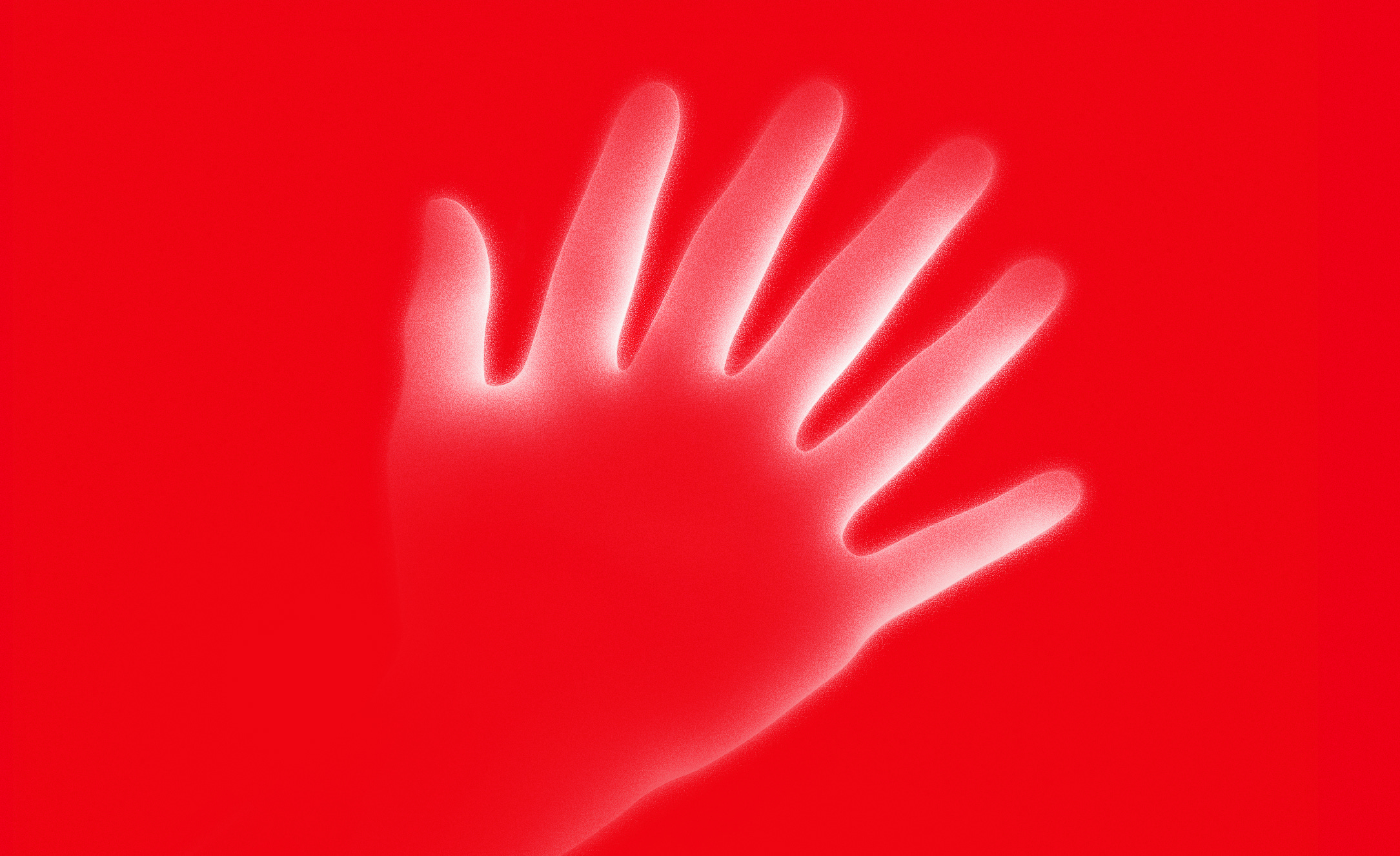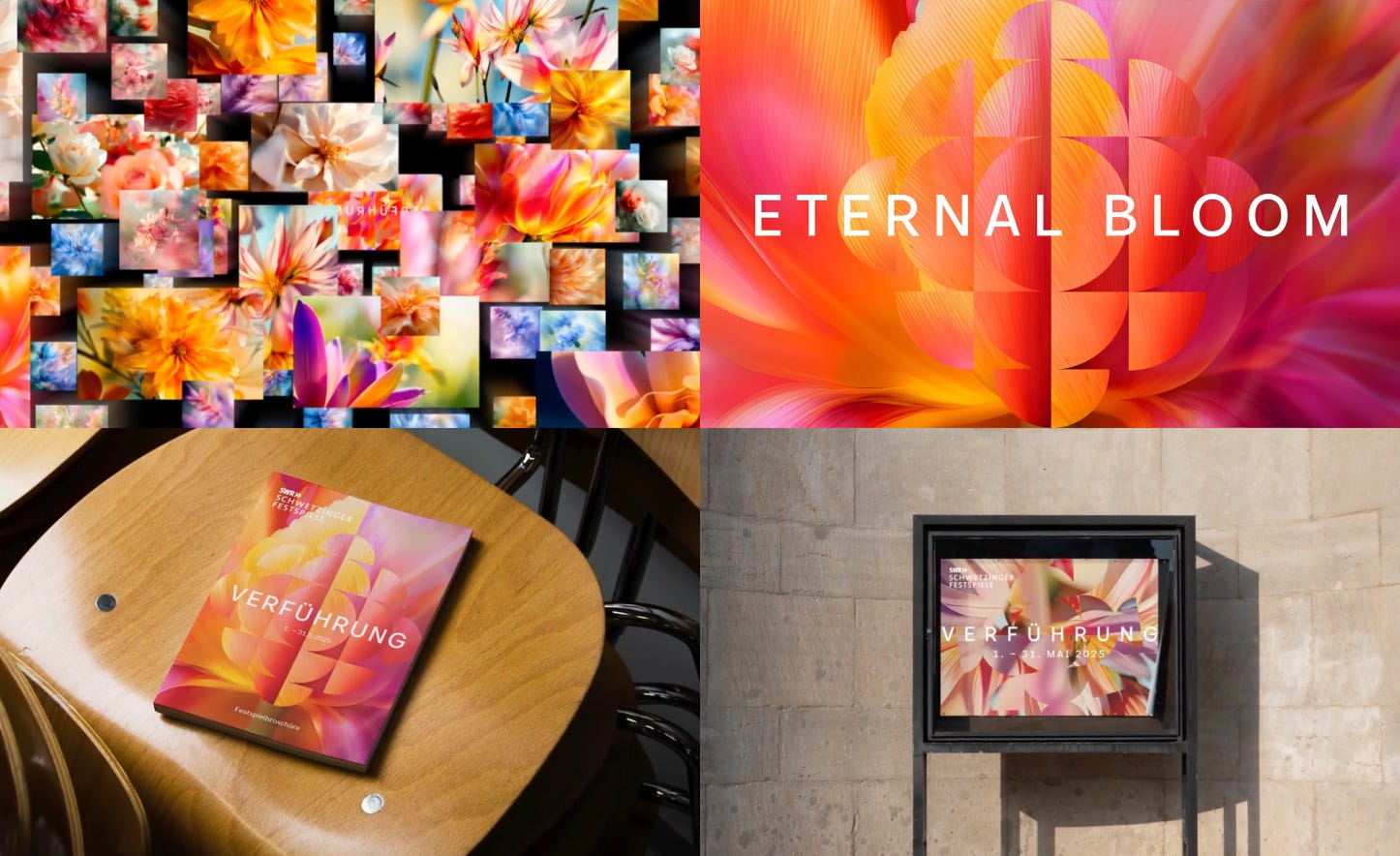For a while, I was convinced that branding would remain largely untouched by GenAI tools. At least for a long while. When it comes to technology, I've seen so many things come and go (remember the Metaverse?) that I always have a strong dose of skepticism towards anything proclaimed as the next big thing.
Sure, AI showed the potential to someday support with many of the visual elements that go into designing a brand. And as conflicted as I am about this topic, I would love to have better alternatives to the clichés of stock photography when photoshoots aren’t possible. Unfortunately, or fortunately, it still wasn’t there. Wax figures, in HDR, with six fingers, just weren't it.
But was I wrong.
Imperfections can be features
By late 2024, Smith & Diction's changed my mind with their brand work for Alma. For context, Alma is a "nutrition companion" app that uses AI to help its users log nutritional data, and at the same time offers personalized recipe suggestions.
As expected, the result is vibrant and colorful. Unexpected though is how Smith & Diction created the whole visual identity around collage compositions, generated with AI. They didn't just use AI. They went for a style that makes the best out of its shortcomings. The approach is smart: the unavoidable mistakes and imperfections of the AI-generated elements as a metaphor for food celebration. Tasty and messy.
Efficiency over quality
Meanwhile, Pentagram, one of the world's most famous design studios, published a case study on their project for the US government's performance.gov platform. A key part of the project is how they used Midjourney to expand on the initial paint and tape explorations. The result is an illustration style made of what feels like infinite compositions.
I've seen other projects with AI-generated images. But this is the first time a world-famous branding studio has used AI to create an illustration system, and do so with such a depth (over 1500 illustrations) that it would be impossible with traditional methods.
I don’t think it is their most inspired work, but it’s distinctive, consistent, and highly scalable. That’s also probably the reason why it was so controversial. It places efficiency as a fundamental aspect of what makes good design. And we know how that topic stirs the pot.
Small teams doing big work
Recently, the German agency Ligalux took a similar approach when it comes to scale, creating an ever-changing, kaleidoscopic brand identity for the Schwetzingen SWR Festival (one of the most notable classical music festivals in the world).
The identity takes inspiration from the gardens of the Schwetzingen Palace (where the festival takes place) and transforms it into a rich AI-generated and AI-animated botanical world. I like the paradox of using a frontier technology to capture the spirit of a classical music festival. It’s a nice concept, brought to life by a small team, again with AI-amplified capabilities.
Times are changing
This feels like the start of a new era. It's not just about adopting yet another tool, but really a fundamental change. It reminds me of Joshua Davis and his mid 2000s code-driven explorations with Flash (RIP). Back then, his work made of infinite and randomised repetitions already showed how technology and algorithms could stretch the limits of our creativity.
We’re now facing a similar paradigm shift. As these projects show, not when AI replicates human work, but when it is used to elevate human work to superhuman quality. High-level production is now accessible to every single designer and brand. Fast, affordable, and within reach of a good idea and a well crafted prompt.
My hope is that as AI gets more integrated into our processes, we don’t loose track of human creativity. Maybe that's the real challenge. Not what AI can create, but how we, as humans, keep directing these new superhuman capabilities towards meaningful ideas.









I wonder how we'll look back at this in the future. AI is scary yet fascinating for me. It can really do some magic but I'm mindful that I don't want us to lose the human aspect of being creative and how we apply our own ideas.